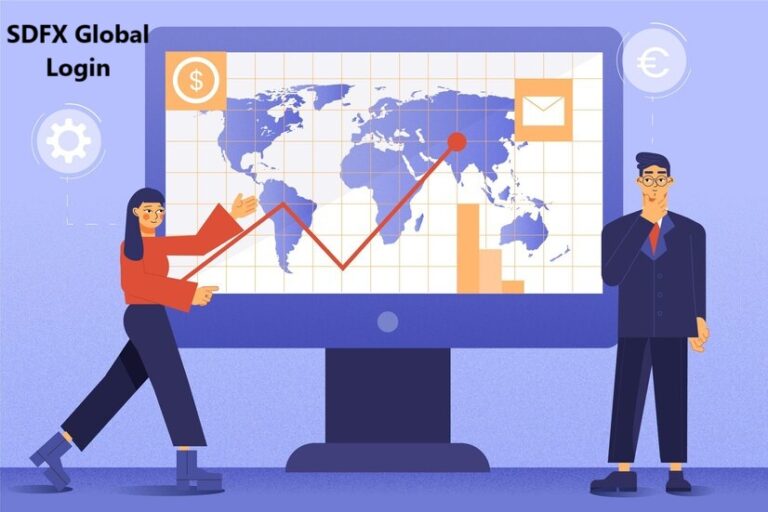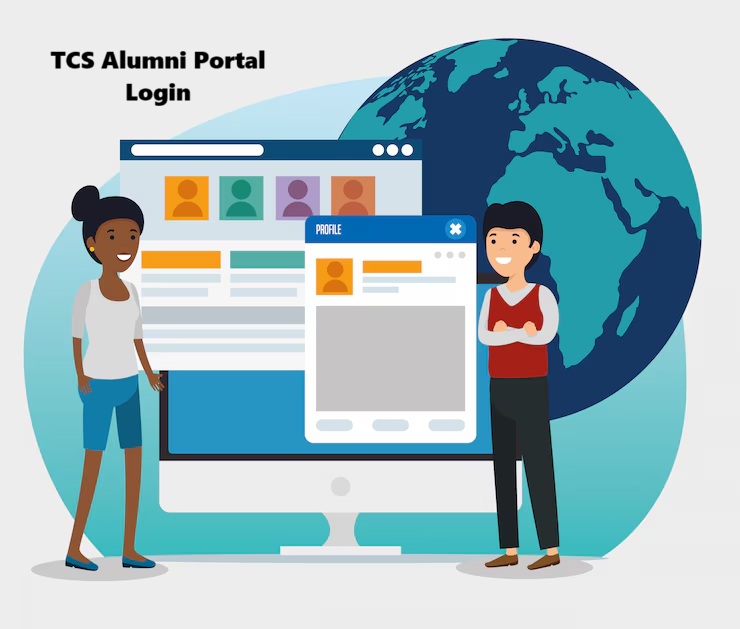Introduction
What is easy technology, and why does it matter? In a nutshell, easy technology refers to innovations designed with the average user in mind. It prioritizes simplicity, accessibility, and an intuitive user experience. From smart home devices to effortless mobile apps, these technologies aim to enhance our lives without the hassle of steep learning curves or complex setups.
This article will explore the significance of easy technology, its applications, and how you can incorporate it into your daily life. Let’s dive in!
What Is Easy Technology?
The Concept of User-Friendly Tech
User-friendly technology, often synonymous with easy technology, focuses on creating products that anyone can use—regardless of their technical expertise. For instance, think about the simplicity of drag-and-drop website builders like Wix or Weebly. These tools eliminate the need for coding knowledge, making it possible for anyone to design a professional-looking site in minutes.
Beyond websites, intuitive gadgets like the Amazon Echo allow users to control their entire home using only voice commands. This type of tech bridges the gap between innovation and usability, ensuring that everyone can benefit from technological advancements.
The Benefits of Simplified Tech for All
The appeal of easy technology lies in its accessibility. For seniors, simplified devices like Jitterbug phones remove the complexity of modern smartphones, focusing only on the essentials. Similarly, young children can explore educational apps on tablets designed with bright visuals and intuitive controls.
By reducing the learning curve, easy technology empowers individuals to adopt digital solutions that improve their lives.
Why Easy Technology Is the Future
The Rise of Plug-and-Play Devices
Gone are the days of struggling with lengthy instruction manuals. Plug-and-play devices, like Google Chromecast or USB drives, redefine convenience. These tools work seamlessly out of the box, allowing users to set them up in seconds. This simplicity ensures even non-tech-savvy individuals can use advanced gadgets without assistance.
Intuitive User Interfaces (UI) Revolution
Companies like Apple and Google are leading the charge in designing easy-to-navigate user interfaces. Think of the iPhone, where everything is just a tap or swipe away. The success of these brands proves that prioritizing ease of use can win customer loyalty.
Voice Assistants as Easy Tech Pioneers
Voice assistants like Siri, Alexa, and Google Assistant exemplify easy technology. From setting reminders to controlling smart devices, they simplify tasks by understanding natural language commands. No technical skills required—just ask, and they deliver.
Examples of Easy Technology in Everyday Life
Smart Home Devices
Smart home gadgets like Nest thermostats and Philips Hue lights make managing your household as simple as tapping a button or using voice commands. These tools help automate daily routines while saving energy and enhancing convenience.
Fitness and Health Tech
Fitness trackers like Fitbit and smartwatches from Garmin or Apple are designed to monitor your health with minimal effort. These devices are easy to sync with your smartphone, displaying vital stats in real time. Whether you’re tracking your steps or monitoring your heart rate, the simplicity of these tools makes staying healthy easier.
Communication Tools
Apps like WhatsApp, Zoom, and Slack ensure effortless communication. Their user-friendly interfaces allow people of all ages to connect without hurdles, whether it’s a video call with family or a quick chat with coworkers.
How to Embrace Easy Technology in Your Life
Choosing the Right Devices
When selecting gadgets, look for features like touchscreens, intuitive layouts, and voice assistance. Brands like Samsung, Google, and Amazon often prioritize ease of use in their product lines.
Simplifying Your Work Environment
Productivity tools like Trello or Google Workspace streamline workflows with simple drag-and-drop functions, templates, and automation. These tools can save time and reduce stress at work.
Tech Education: Closing the Gap
Online platforms like Udemy and YouTube provide free tutorials on mastering essential tech skills. Whether you’re a beginner or just looking to update your knowledge, these resources can make even the most intimidating devices feel approachable.
Challenges of Easy Technology
Balancing Simplicity with Functionality
One major challenge of easy technology is maintaining a balance between simplicity and functionality. While simplifying a device or app can make it more accessible, it sometimes leads to reduced features or customization options. For instance, entry-level photo editing apps like Canva are incredibly user-friendly, but they lack the depth and advanced tools of professional software like Adobe Photoshop.
Developers must carefully assess which features to retain and which to simplify. The goal is to ensure usability without compromising utility. After all, users expect their tools to not only be easy to use but also versatile enough to meet their needs.
Privacy Concerns with Simplified Tech
Another significant challenge is the issue of privacy. Simplified technologies often rely on cloud computing and data collection to deliver personalized experiences. For example, voice assistants like Alexa and Google Assistant require access to personal data to provide accurate recommendations or complete tasks.
While these technologies prioritize ease of use, they sometimes raise concerns about data security and privacy. Striking the right balance between convenience and safeguarding user information is a pressing concern in the industry.
Future Trends in Easy Technology
AI and Machine Learning for Smarter Tech
Artificial intelligence (AI) and machine learning are paving the way for more personalized and effortless tech experiences. From Netflix recommending shows you might like to AI chatbots resolving customer queries in seconds, these advancements make life simpler.
The key lies in automation. AI-powered devices can analyze user behavior and learn preferences to deliver tailor-made solutions. For instance, smart thermostats like Nest can automatically adjust settings based on your routine, ensuring optimal comfort without any input from you.
Seamless Device Integration
The Internet of Things (IoT) is another trend driving the evolution of easy technology. IoT enables devices to communicate with each other, creating a connected ecosystem. Imagine your smart fridge notifying your phone when groceries are running low or your smartwatch syncing with your fitness equipment to track workouts automatically.
This level of integration minimizes effort and maximizes convenience, setting the stage for an interconnected future where devices “just work” together.
How Easy Technology Is Impacting Industries
Healthcare
The healthcare sector is a prime beneficiary of easy technology. From telemedicine apps to wearable health monitors, these tools are making healthcare more accessible. For example, devices like the Apple Watch can detect irregular heart rhythms, potentially saving lives.
In addition, patient portals simplify appointment scheduling and medical record access, reducing barriers to care. Easy technology is transforming healthcare by bridging the gap between patients and providers.
Education
Education technology (EdTech) platforms are revolutionizing learning, especially for younger generations. Tools like Google Classroom and Khan Academy make accessing resources and submitting assignments effortless. For students with disabilities, assistive technologies like speech-to-text software or audiobooks ensure inclusivity.
By prioritizing simplicity, these tools encourage widespread adoption and help learners of all ages engage with education.
Business and Commerce
In the business world, automation tools like chatbots, scheduling software, and project management apps have redefined efficiency. For example, platforms like Shopify simplify e-commerce by allowing anyone to set up an online store without coding knowledge.
These tools not only save time but also lower the barrier to entry, enabling more entrepreneurs to succeed in competitive markets.
Misconceptions About Easy Technology
Does Simpler Tech Mean Less Powerful?
A common misconception is that simplified technology is less capable than its complex counterparts. However, many easy-to-use devices and apps are built with cutting-edge technology. For example, the iPhone, despite its intuitive interface, is packed with powerful features like augmented reality capabilities and advanced camera systems.
Easy technology is about accessibility, not limitations. It proves that simplicity and sophistication can coexist.
The Cost of Convenience
Another myth is that easy technology always comes at a higher price. While it’s true that some premium devices, like smart home hubs, may cost more upfront, they often save money in the long run by improving energy efficiency or streamlining tasks.
Additionally, there are budget-friendly options available for nearly every category, ensuring that easy technology is accessible to a broad audience.
The Role of Easy Technology in Digital Transformation
Empowering Individuals and Communities
Easy technology has the power to bridge the digital divide, empowering individuals and communities to participate in the digital age. For instance, mobile banking apps allow people in remote areas to access financial services, while language translation apps enable cross-cultural communication.
These innovations ensure that technology benefits everyone, not just those with technical expertise.
Bridging the Digital Divide
In regions with limited infrastructure or resources, easy technology is driving significant change. Solar-powered Wi-Fi hotspots, for example, are bringing internet access to underserved areas, while simple, affordable smartphones are connecting people to global networks for the first time.
By addressing barriers to entry, easy technology is closing gaps and fostering inclusivity on a global scale.
Conclusion
Easy technology is revolutionizing the way we interact with the digital world. By prioritizing simplicity, accessibility, and user experience, these innovations are empowering people of all ages and skill levels to embrace technology. From smart home devices to AI-driven assistants, the future is all about making life easier.
As you navigate this tech-driven era, remember to choose tools that suit your needs and enhance your daily routines. Whether you’re automating your home or exploring wearable health tech, the possibilities are endless—and they’re all within reach.
FAQs
1. What are some examples of easy technology devices?
Smart home devices like Amazon Echo, health trackers like Fitbit, and communication apps like WhatsApp are popular examples of easy technology.
2. How does easy technology benefit older adults?
Simplified interfaces and voice-controlled gadgets allow seniors to stay connected, manage their health, and automate daily tasks with ease.
3. Are there risks associated with simplified technology?
While convenient, some simplified tech may raise privacy concerns due to data collection. Always check the privacy policies of your devices and apps.
4. What role does AI play in easy technology?
AI personalizes experiences, automates tasks, and makes devices smarter. For example, it powers voice assistants like Alexa and predictive algorithms in apps.
5. How can I transition to using easier tech?
Start by choosing user-friendly devices and exploring online resources to learn the basics. Gradually integrate these tools into your routine to make life simpler.
Also, Read. The Benefits of Cloud-Based Hosting for Businesses Afly Pro.







